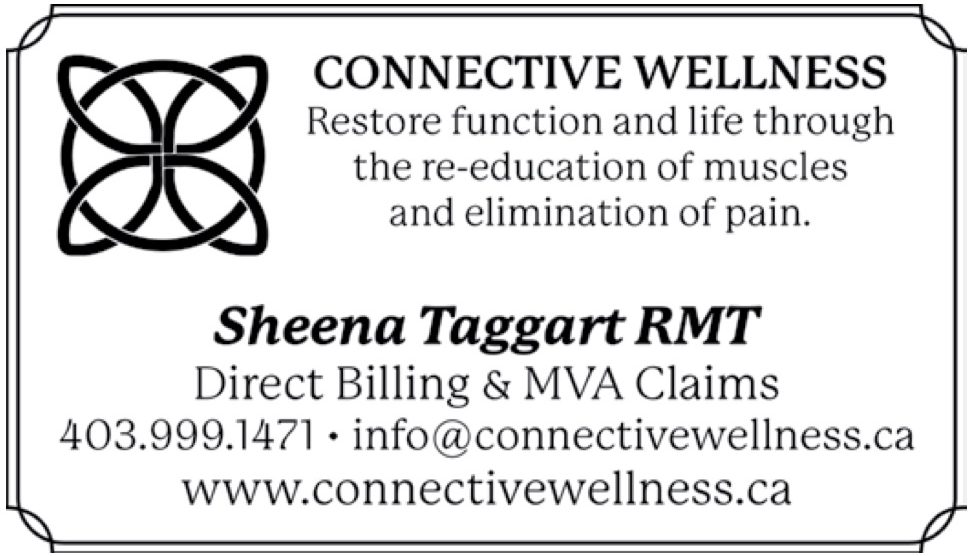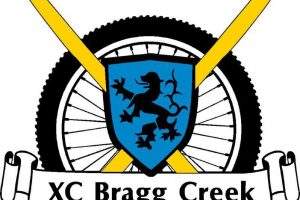Posture and Jaw Issues (TMJ Dysfunction)
Years ago I complained to my dentist that my jaw was popping. He recommended a splint because I was grinding at night. I wore this for a few years to no avail.
My dentist referred me to the TMJ clinic in Calgary. The TMJ or temporomandibular (tem-puh-roe-man-DIB-u-lur) joint is the fancy word for the joint that connects the jawbone to the skull. I was fitted with another splint that was more customized (and expensive!) for another year. The purpose of this splint is to change how the jaw rests and in some cases, like mine, only caused me pain. I was also treated at the same time via physiotherapy (TENS machine + exercises). My TMJ dentist also requested an MRI of my jaw and he suggested surgery but let me know it might cause pain and has a very low chance of success. After two years of suffering the result showed how uncoordinated the health professionals are and the experience left me feeling confused, nothing was better and I was left with a lot of bills.
It wasn’t until years later when I went to a health professional familiar with troubleshooting techniques (treating the body as a system) that I finally had an answer to why it might have happened. She took one look at me without doing the assessment and asked me if I had jaw problems. Shocked, I answered “yes!” Thus began my journey of muscle imbalances. My bad posture had pulled my disc out of place in my jaw.
There are an awful lot of causes of TMJ dysfunction:
- Imbalances in the chewing muscles causing rigid muscles, spasm, abnormal joint mechanics, and trigger points
- Overuse such as gum chewing, chewing on one side only, smoking, or an occupation or hobby that requires a mouthguard such as hockey
- Misalignment of the teeth
- Cranial bone misalignment
- Abnormal posture
- Increased stress! This can lead to jaw clenching and grinding as well as chest breathing which leads to shoulder and neck imbalances.
- Trauma, either direct or indirect. Direct would be a blow to the jaw or whiplash. Indirect would be prolonged dental work, prolonged neck pull, or supporting your head under your chin with your hand.
- Sinus blockage or infection causing mouth breathing, a head forward posture to open airway, and abnormal jaw position.
- Joint disease and/or deterioration.
Symptoms of TMJ dysfunction:
- Pain on one or both joints.
- Sounds in your jaw such as popping, and clicking with movement.
- Issues with the chewing muscles such as spasms and trigger points.
- Headaches in the forehead or sides of the skull.
- Jaw decreased range of motion, irregular motion, and locking when opening or closing.
- Ringing in the ears, nausea, tears, sensitive teeth and prickling or burning sensation.
- Ear stuffiness, blockage, and hearing loss. Difficulties here may affect your ability to fly.
I went into Massage Therapy because I can deal with the body as a whole. Our bodies are a marvel of bones, tendons, ligaments, muscles, and connective tissue. Issues in the body show up as symptoms. Oftentimes the cause of the symptoms is so far away from where we feel pain that professionals don’t make the connection either because it is not part of their field or we are never taught how the body as a whole works. New advances in training students to troubleshoot has opened doors for pain resolution and the proof is that I keep learning everyday with each new patient. There is no cookie cutter way to deal with multiple clients with the same symptoms. Every situation is unique and therefore may require different treatment approaches.
Whether you have jaw issues or pain elsewhere; Book in with me online at connectivewellness.ca, email me at info@connectivewellness.ca or text or call me at 403-999-1471. I would love to help you out of your pain!
Sheena Taggart RMT
Connective Wellness Therapeutic Massage
Restore function and life through the re- education of muscles and elimination of pain.


























